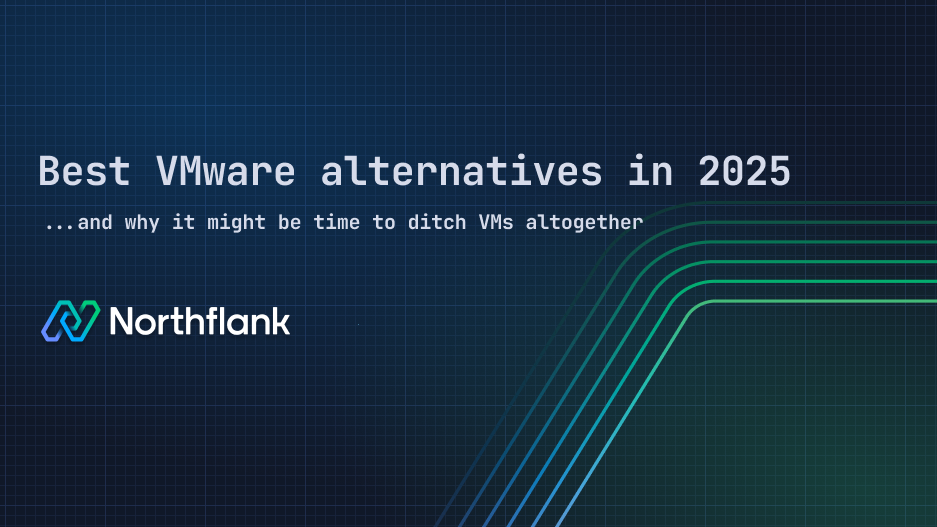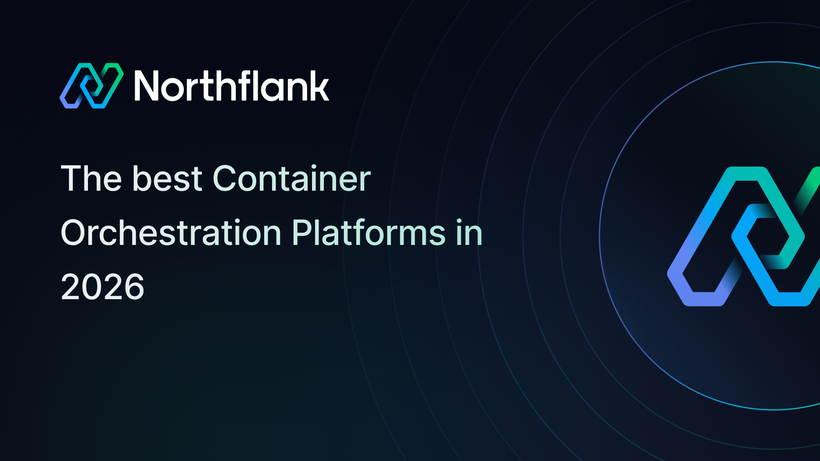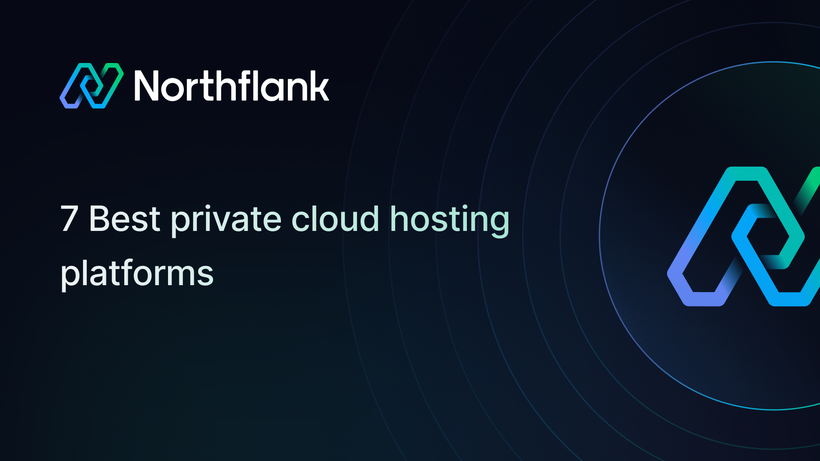

Best VMware alternatives in 2025 (and why it might be time to ditch VMs altogether)
VMware used to be the boring part of your infrastructure. It just worked. But since Broadcom took over in late 2023, things have changed — fast and not for the better. Pricing is up. Product lines have been slashed. Long-time partners were cut off. Suddenly, companies are being asked to pay more for less.
Broadcom has:
- Perpetual licenses eliminated
- Forced subscription bundles with fewer SKUs
- 72-core minimum purchase requirements (up from 16)
- End of standalone ESXi, vSAN, NSX, Aria Suite, and others
- Distribution chaos — Ingram Micro dropped VMware entirely
Suddenly, companies are being charged for far more than they use, and smaller deployments are priced out altogether. Rising VMware license cost structures have become a major concern, pushing many organizations to reassess their budgets and infrastructure strategies. Ingram Micro (one of VMware's biggest distributors) even dropped them entirely. Many engineering leaders are asking: what’s the cleanest way out?
This post breaks down your options if you're looking to leave VMware and are looking for VMware alternatives:
- Hypervisor replacements that let you keep your VM-based workflows
- Cloud-native paths that let you ditch VMs altogether
- Developer platforms like Northflank that help you move faster in either direction
If you're not ready to move off virtual machines just yet, here are the main platforms to look at when considering VMware alternatives:

Proxmox is a mature, open-source hypervisor built on KVM and LXC. It has an intuitive web UI, support for live migration, integrated backups, and clustering, all without a license fee.
It’s especially popular among SMBs and in lab environments. It’s not as polished or scalable as VMware at the high end, but if your team is Linux-savvy and cost-sensitive, it’s one of the cleanest exits.
- Pros:
- Completely free and open-source; enterprise support available
- Supports both VMs (KVM) and containers (LXC) on the same platform
- Robust backup and snapshot features; HA clustering built in
- Highly flexible storage and networking configurations
- Cons:
- Not as scalable or polished for large enterprise deployments
- Requires more hands-on system administration
- Ecosystem and integrations smaller than VMware’s

If your organization is already running Windows Server, you likely have Hyper-V already. It’s a bare-metal hypervisor integrated into the Microsoft ecosystem, and it plays well with System Center and Azure.
For Windows-heavy orgs, this is a low-friction option. But Linux support and advanced features aren’t as strong — and you’ll still end up managing infrastructure manually.
- Pros:
- Free with Windows Server licenses
- Solid integration with Microsoft tools (e.g. SCVMM, Azure Stack)
- Live migration, clustering, and replica features built in
- Reliable for Windows workloads and VM-based failover
- Cons:
- Suboptimal support for Linux and container-first workloads
- Requires licensing and familiarity with Microsoft infrastructure
- Smaller community and fewer automation options compared to VMware or KVM

AHV is part of Nutanix’s broader hyperconverged platform. It replaces the vSphere + vSAN + NSX stack with one system managed through the Prism UI.
If you’re already thinking about modernizing storage and compute together, Nutanix can simplify a lot. But you’re trading VMware lock-in for Nutanix lock-in — and the upfront cost is real.
- Pros:
- Integrated compute, storage, and networking via Prism UI
- Built-in backup, DR, and snapshot capabilities
- KVM-based but easier to manage at scale
- Strong customer support and managed service offerings
- Cons:
- High initial costs and vendor lock-in
- Not open — tied to Nutanix hardware/software ecosystem
- Less customizable or flexible for edge cases compared to DIY stacks

OpenStack is an open-source cloud operating system, think AWS, but on your own infrastructure. It offers compute, storage, networking, and identity services via APIs and a dashboard.
Large enterprises like AT&T and Walmart run tens of thousands of cores on OpenStack. But it’s not plug-and-play. If you don’t already have a cloud engineering team (or a partner like Red Hat or Mirantis), don’t go down this path lightly.
- Pros:
- Proven at scale in telco and cloud service provider environments
- No license fees; open architecture with strong community support
- Native multi-tenancy, role-based access, and project isolation
- Integrates well with Ceph, Kubernetes, and container platforms
- Cons:
- Requires a skilled in-house team or managed support vendor
- Complex architecture; dozens of moving parts
- Time-consuming to install, upgrade, and troubleshoot
| Platform | Type | Licensing | Best for | Drawbacks |
|---|---|---|---|---|
| VMware vSphere | Enterprise Hypervisor | Paid (per-core) | Complex enterprise environments | Expensive, restrictive licensing |
| Proxmox VE | Open-source Hypervisor | Free / Paid support | SMBs, Linux-savvy teams | Less polished, lower scale ceiling |
| Microsoft Hyper-V | Windows Hypervisor | Bundled with Server | Microsoft-centric orgs | Weak Linux support, scattered tooling |
| Nutanix AHV | Hyperconverged Infra | Subscription (per node) | Infra consolidation + ease of use | High cost, vendor lock-in |
| OpenStack | Private Cloud Platform | Open-source | Large orgs with cloud ops maturity | Complex setup, high operational cost |
Instead of swapping out VMware for another hypervisor, many teams are going a level deeper: asking whether they need VMs at all. And increasingly, the answer is no.
Kubernetes and containers offer a fundamentally different model. Instead of managing servers and OS instances, you manage workloads. Containers are smaller, faster, and more portable. Kubernetes gives you scaling, resilience, and automation by default.

Here’s how the benefits stack up:
- Efficiency: Containers don’t need their own OS. You can run 2–3x more workloads per server.
- Speed: Containers spin up in seconds. VMs take minutes.
- Automation: Kubernetes gives you self-healing, autoscaling, rolling updates, and declarative infra.
- Developer velocity: Containers integrate cleanly with CI/CD pipelines. You can ship and rollback faster.
- Portability: Run workloads on any cloud or on-prem with minimal friction.
Yes, it’s a big shift, especially for legacy apps. Kubernetes has a learning curve. But if your end goal is faster iteration, better infra economics, and platform-level consistency, moving off VMs is the long-term play.

If you're done with VMware and eyeing Kubernetes, you've probably realized Kubernetes isn't exactly plug-and-play. Yes, it's powerful. But for most teams, managing it means writing endless YAML, debugging Helm charts, and duct-taping together CI/CD, logging, monitoring, and secrets management. It's not the future, it’s just a different flavor of mess.
Northflank skips all that. It's a self-service platform built on Kubernetes that lets developers ship software without needing to learn the ins and outs of Kubernetes. It handles the operational load — scaling, networking, observability — and gives you a simple surface to deploy apps, jobs, services, and databases.
Unlike traditional PaaS platforms, Northflank isn't a black box. You can run it on your own infrastructure, attach it to your own cloud, or use their managed offering. It's flexible enough to support real production workloads (not just side projects) and gives your team a real alternative to rolling your own platform on top of EKS or GKE.
Instead of provisioning Kubernetes clusters, configuring ingress controllers, or stitching together monitoring tools, you get a unified platform with:
- A developer-first interface: deploy via UI, CLI, or GitOps — no YAML required
- Autoscaling, logging, metrics, secrets, and rollbacks out of the box
- GPU support with fractional allocation and time slicing for ML workloads
- Built-in database provisioning: Postgres, Redis, and others fully managed
- CI/CD pipelines that build from your repo and deploy in one step
- Bring-your-own-cloud support (AWS, GCP, Azure, on-prem)
Northflank supports both stateless services and long-running jobs, letting you run everything from backend APIs to GPU-intensive AI workers. And unlike legacy PaaS tools, it doesn’t trap you in a narrow abstraction; you can still bring your own clusters and infrastructure if needed.
It’s designed for modern teams who want the power of Kubernetes but none of the overhead.
If you're moving off VMware and want to skip the Kubernetes learning curve, Northflank gives you a real exit ramp. It works across clouds and integrates with your existing Kubernetes clusters if needed. For teams burned out on the VMware/Kubernetes complexity tax, this is the fastest way to ship software without wrangling infrastructure.
See Scaling 30,000 deployments with 100% uptime - how Clock uses Northflank
Broadcom’s VMware play is forcing every engineering leader to reconsider their stack (and what VMware alternatives are out there). That’s uncomfortable, but it’s also an opportunity.
You can stick with the old model, swap hypervisors, or rethink what kind of platform you want to build on. And if what you want is to deploy applications, not micromanage VMs or write YAML, then your next move isn’t a direct replacement. It’s a step forward.
Whether you’re running on your own machines, in the cloud, or somewhere in between, tools like Northflank let you cut out the infrastructure tax and get back to building what your customers pay you to build.



